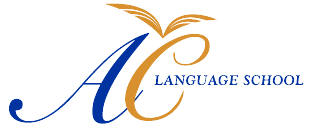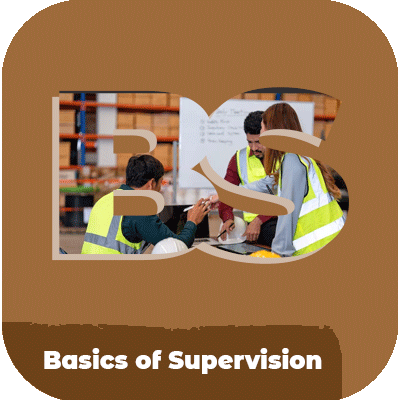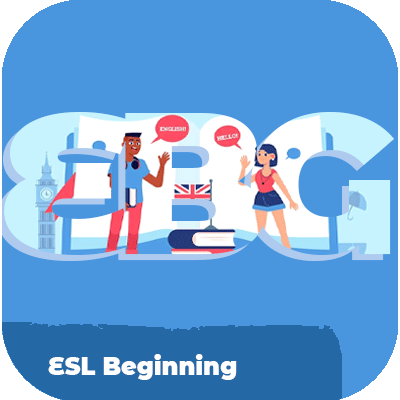Course Description:
This online course provides an overview of the principles and practices of supervision. It covers the fundamentals of effective communication and leadership, including how to set expectations, deliver feedback, resolve conflicts, and manage projects. You will learn about management styles, problem-solving techniques, empowerment approaches, and team-building strategies. You will also gain an understanding of how to create a positive workplace environment in which employees are motivated to reach their highest potential.
Through interactive lectures, readings, discussions, videos, and assignments you will develop your skills as a supervisor while gaining insight into what it takes to be an effective leader. This course is ideal for individuals who want to learn the basics of supervision so they can increase their impact at work or progress in their careers.
Course Objectives:- Develop an understanding of traits & skills required for successful supervision
- Identify various leadership styles & management philosophies
- Learn & implement best practices when delivering constructive feedback
- Utilize problem-solving techniques like root cause analysis & goal setting
- Create a positive work environment with help from employee recognition & development
- Analyze complexity around delegation tasks & determine appropriate actions
- Handle conflicts between staff members effectively by utilizing conflict resolution models
- Understand ethical considerations when making decisions affecting the work environment
- Design effective meetings which could yield desired results within the intended duration
- Maintain project timelines while allocating resources cleverly during project planning










